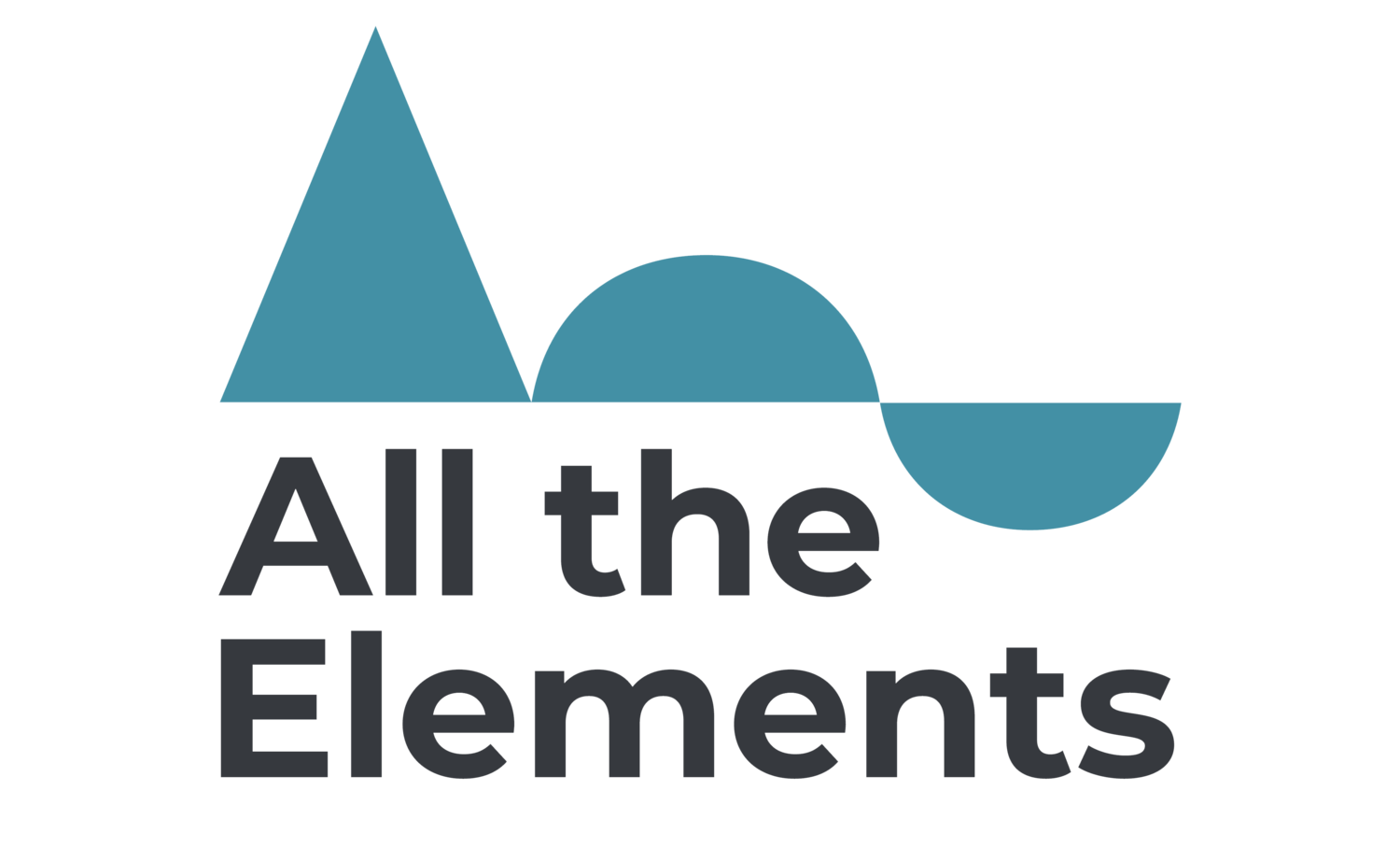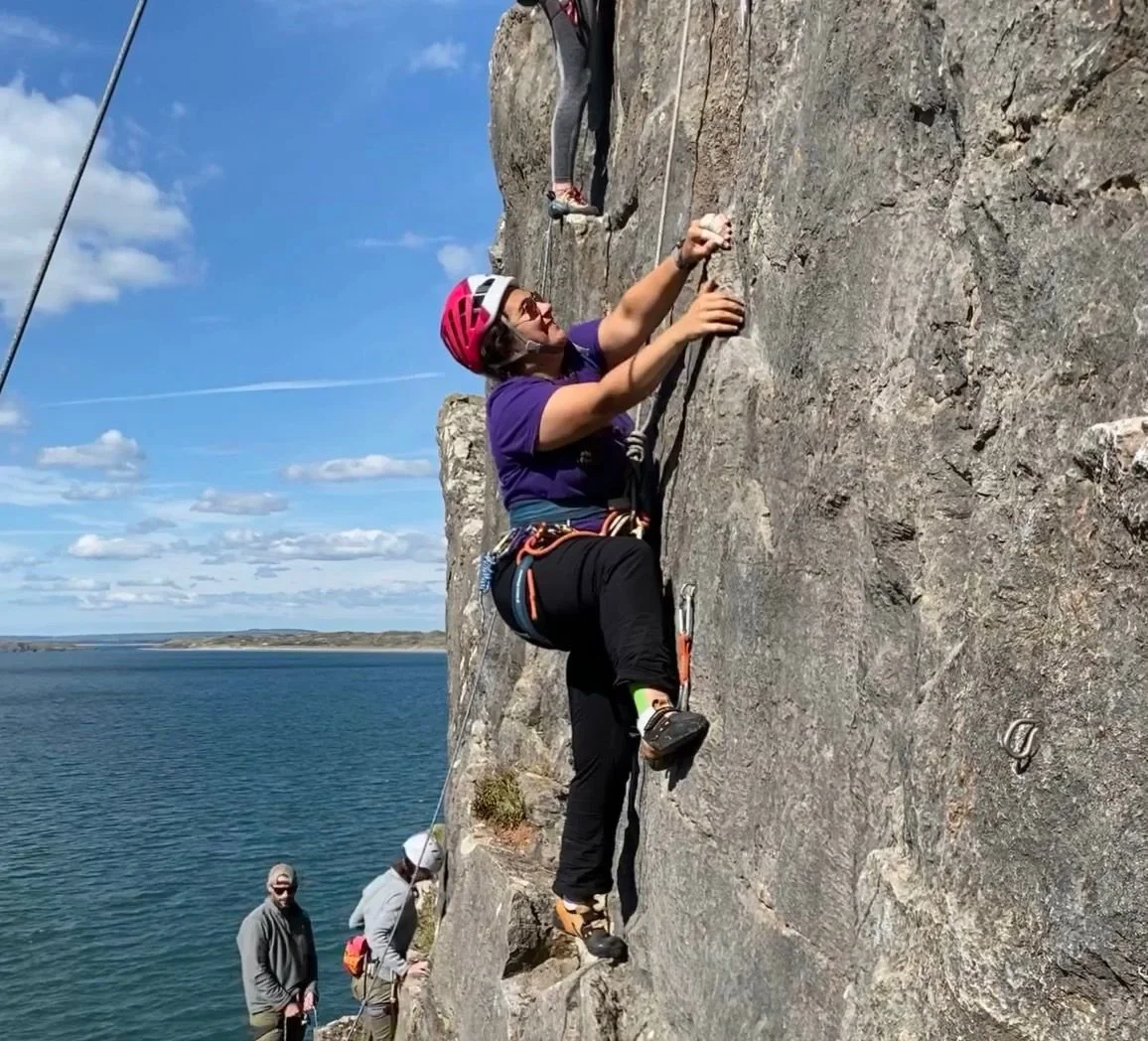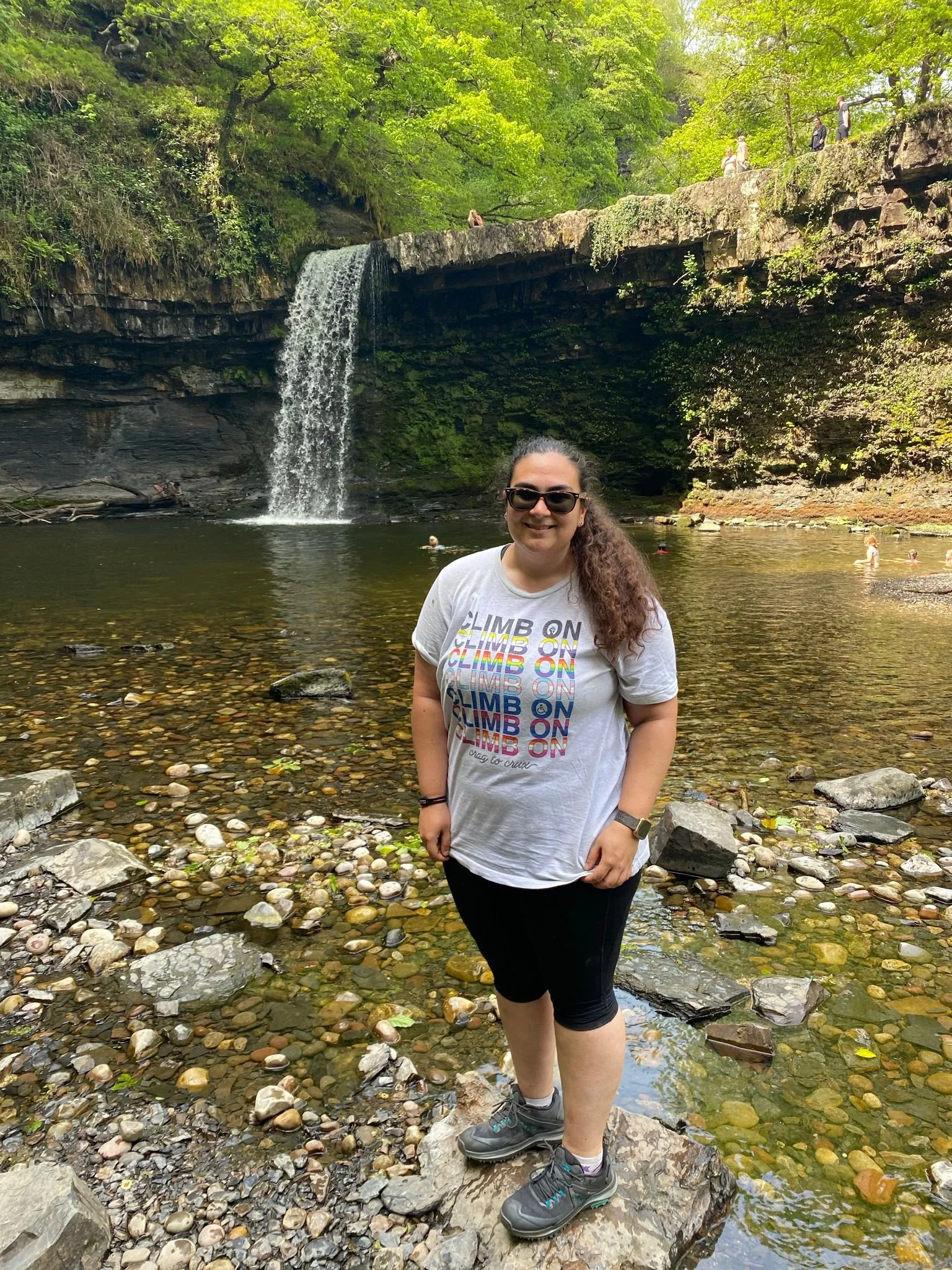Outside: Yasmins’ way
Yasmin is a 27 year old Paraclimber. She is diagnosed with Ehlers Danlos Syndrome (EDS) and ME/Chronic Fatigue Syndrome (CFS).
Her symptoms consist of hypermobility leading to injuries, poor propioception leading to injuries, fatigue and more.
Yas had been climbing for 5-6 years before she was diagnosed. When the pandemic hit she was under the Extremely Clinically Vulnerable category for the first 5 weeks due to her severe asthma and was told to avoid leaving her flat as much as possible.
The condition is genetic meaning Yasmin would have had it her whole life. Ashkenazi Jews like Yasmin are predisposed to the condition, and having worked at a Jewish school this wasn’t the first time she’d heard of it. But little did she know that climbing two to three times a week built up enough muscle to support her joints and organs to the point they were almost negating any noticeable symptoms.
“When the pandemic hit I suddenly couldn't do anything. I was actually in the shielding category for the first five weeks and I had to stay in my one bedroom flat.
I didn't even do a flight of stairs for five weeks, so I was badly deconditioned.
That's when I saw the reduction of my physical state, and that's when the diagnosis mainly came into play.”
By the end of those five weeks joints started “popping out” in her fingers, wrists, knees and even toes (that’s a new one for me). She was fatigued but brushed it all off on the idea that “everyone gets tired”. But when she bent down to pick up an item of clothing off the floor and her body was shaking.
Things started to snowball from there. The instability in her neck got to a point where the more bumpy tube lines are a no go for her without a neck brace and she’d get migraines or headaches.
“Even internally, things have stopped working my bladder now doesn't work. just doesn't work.” She told me.
“I found out recently that I have to become a catheter user.
I am learning self-catheterise”
With a catheter Yas will have even more things to navigate. Being able to climb or go outdoors are all new challenges. When something as basic as toilet needs become a new experience, every time you do something you’ve done a million times beforehand becomes a new experience again, a new challenge or a new risk. That can be quite intimidating and with there being very little discussion on these matters in the outdoor community and how to manage it, Yas felt she needed to speak out and share her journey with it for others.
Out of all the activities Yasmin could have been doing, climbing was something she felt was unique and special and exactly what she needed for her body no matter what her limits were that day. She felt that not only could she make it accessible to her needs but it actually helped her disabilities too.
It increases strength around certain joints that help with their stability. As you really have to think about your body on the wall or rock, it can also help improve her proprioception and get that mind-body awareness that doesn’t necessarily come natural to those with conditions like EDS. Walking poles when hiking or on an approach to a climb becomes aids to help stability in a much more vital way than it would others.
She does a lot of rope climbing as opposed to bouldering. With her already being at a higher risk of injury, being able to fall and just dangle there feels like a much safer option than bouldering where you just fall (no dangling). Things like taping joints or braces and splints prevent sprains which Yasmin is much more prone to with the hypermobility aspect of Heds. But she still has to be extra vigilant about not twisting in a way that she shouldn’t or overstretching a joint.
I was really interested to hear about the Click-Up belay device she used which has a kind of secondary catch function (not auto-locking, it doesn’t lock) which makes it a bit safer belaying others in case her thumb dislocates. This makes it a smidge safer.
The passion when Yasmin talked about climbing was contagious. You could see how climbing isn’t just a fun hobby for her. She explained how incremental climbing is. “There are routes that are basically like ladders in the centers or even outdoors and doing those is ok! You can take as long as you want between climbs and that’s also okay.”
Elements like this can be really attractive to those with conditions that have fatigue. The idea that you can do as much or a little as you want in that exact moment means that you can be more flexible when having disabilities that are unpredictable.
“Because there's no destination. It's just you and the wall and your body and whatever pace you want it to be.”
Although Yasmin feels quite safe at indoor rock climbing gyms. Outdoor rock climbing can have different barriers that make it a different experience entirely. Outdoor climbing takes a lot more planning. You have to find locations, find the route to the climb, work out travel and parking and check the weather. You have to carry more gear with you and be prepared for any changes in conditions.
I asked Yasmin about a time when she felt too limited and things didn’t go well for her. She talked about an experience she had when she went climbing at the end of lockdown three. The approach (the walk to the climbing spot) was taking a toll on Yas and she was finding it tough. She didn’t feel good but she got there. She even did a climb and found it much harder than it would be normally. But the more she pushed through the worse things got - “My joints are aching, I think my thumb slipped out of place while I was belaying. I was like, “oh not great”, but I was kind of ignoring it. I could feel the fatigue and feel a headache coming on but I was like “it will be fine”.”
On the walk back Yasmin nearly collapsed. As soon as she got to a road she crumpled onto the ground whilst her fiancé brought the car to her. She was in so much pain and cried the whole way home. She said how lucky she was to have her fiancé there as he doesn’t like to come during climbs, but without him there it would have been far more difficult if not impossible for Yasmin to not only get back to her car but also drive home.
“I think that actually is the occasion where I realized how disabled I was in the car, because that's something I would have been able to do before and couldn't.
My joints couldn't take it anymore.
My fatigue couldn't take it anymore.
And my body was just saying no, it was screaming No, no, no, no, no.
Each time something like that happens she learns that she has a limit she wasn’t aware of. She has to find an adjustment to prevent it from happening again or make plans for what to do if it does.
An interesting element to being a paraclimber that Yasmin brought up was also being a plus-sized paraclimber. “I think another thing that's important to talk about is that when you are more of a plus size shape, or someone who's plus size with disabilities, people look at you and blame your weight.”
There’s an idea that she’s tired or struggling because she’s unfit. It can come from a rather ableist view that plus-sized disabled people aren’t helping themselves. It’s the idea they could do better to help themselves or are playing the “disabled” card when they are simply unfit. This couldn’t be further from the truth in reality and really feeds into that association of disabled equals lazy/helpless narrative. Having conditions and disabilities take a lot of work in reality, and part of that work for Yasmin is climbing to be healthy and give her body the best possible chance it has against itself. “Even if I say no because I'm not feeling well, I feel like in their head they'll be thinking, “No, it's because she's fat and she can't cope with this climb.”
“I've had comments sort of offhandedly saying “you will climb better if you lose some weight.” I think the climbing industry as a whole says that without even saying it by producing harnesses that are certain sizes and climbing clothing. You can get proper climbing trousers and finding a pair of climbing trousers in my size is a nightmare. That speaks volumes.”
I can relate to so much that Yasmin discussed, but she also had points that I had even considered. Discussing being plus sized and disabled has never been something I’ve read or spoken about before, but now I’ve had the conversation I completely agree. However Yas had so much more than just this to share. So much so that I’ll be splitting her post into two parts! Keep your eye out for part two


